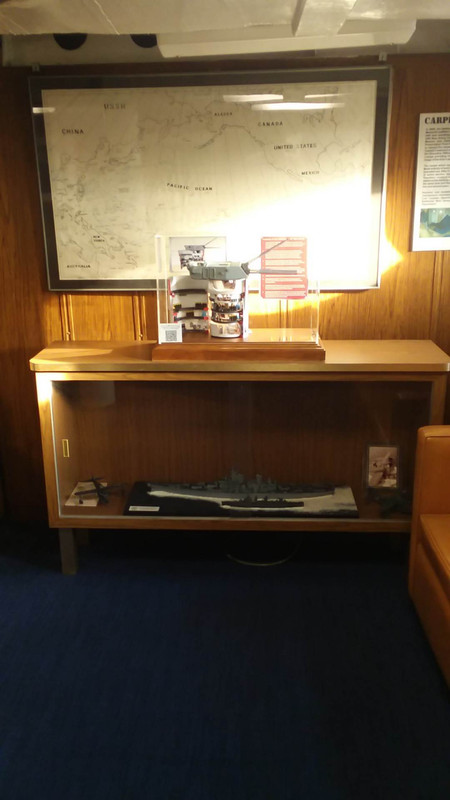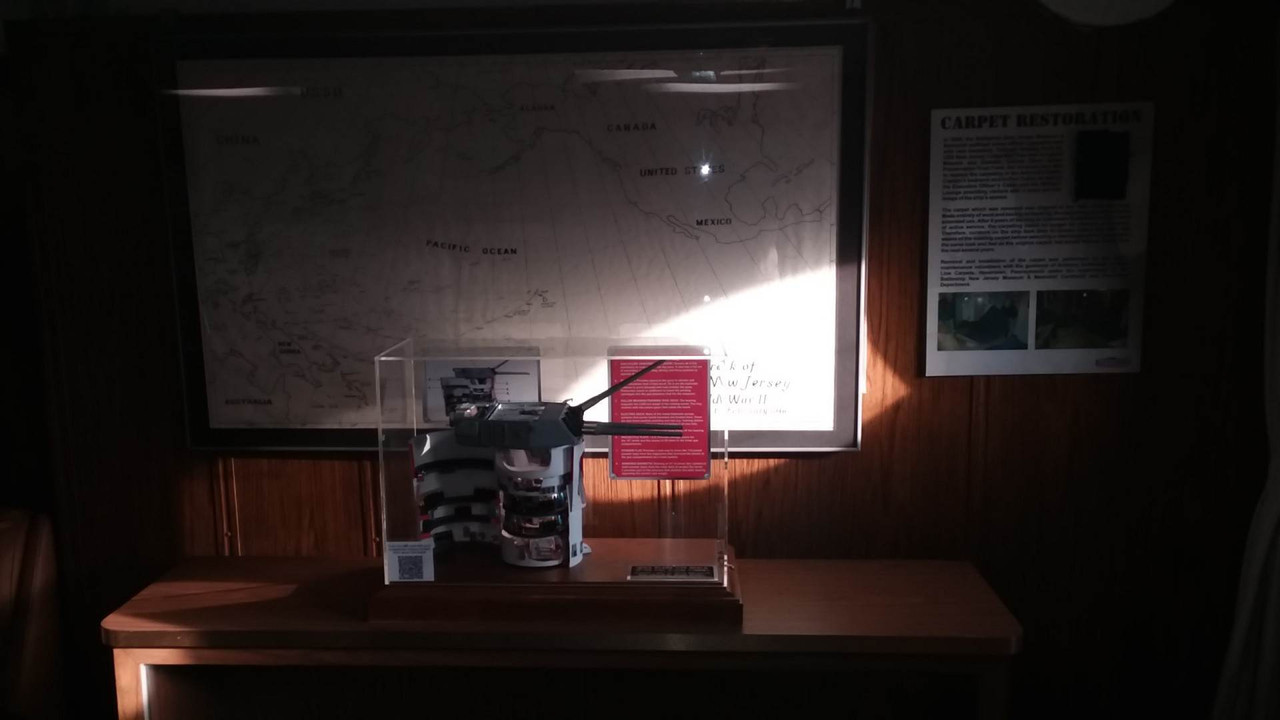- Thread starter
- #401
Builder 2010
Staff Sergeant
First of all, thank you. I'm 77 going on 78 so age has doesn't have much do with it. Most of the motorized tools have been aquired in the last decade from Harbor Freight. They're all Chinese and really cheap. They don't last long, but a) my usage is very light, and b) not sure how long I will last.
All the rest of the stuff has been collected for years. My most expensive single tools are my Taig lathe and accessories and my American Beauty Resistance Soldering Unit.
What I lack in skill and artistry, I compensate with tenacity. I really don't like to give up and will keep going at it until it gives up. I never break stuff intentionally, and never ever throw tools, parts or models. If it isn't working, I'll walk away and let my subconscious figure it out. I trust the force and it usually delivers. And I'm never afraid to get help from others. I enjoy helping others and like to get help.
Jim Slade, the fellow who sent me those superb 3D drawings, just bought a 3D resin printer and needs a lot of help getting started. I'm giving that help. Give and take… makes the hobby great!
All the rest of the stuff has been collected for years. My most expensive single tools are my Taig lathe and accessories and my American Beauty Resistance Soldering Unit.
What I lack in skill and artistry, I compensate with tenacity. I really don't like to give up and will keep going at it until it gives up. I never break stuff intentionally, and never ever throw tools, parts or models. If it isn't working, I'll walk away and let my subconscious figure it out. I trust the force and it usually delivers. And I'm never afraid to get help from others. I enjoy helping others and like to get help.
Jim Slade, the fellow who sent me those superb 3D drawings, just bought a 3D resin printer and needs a lot of help getting started. I'm giving that help. Give and take… makes the hobby great!

 Bravo!!!!!!!!!!!!!!!!!!!!!!!!!!!!!!!!
Bravo!!!!!!!!!!!!!!!!!!!!!!!!!!!!!!!!
